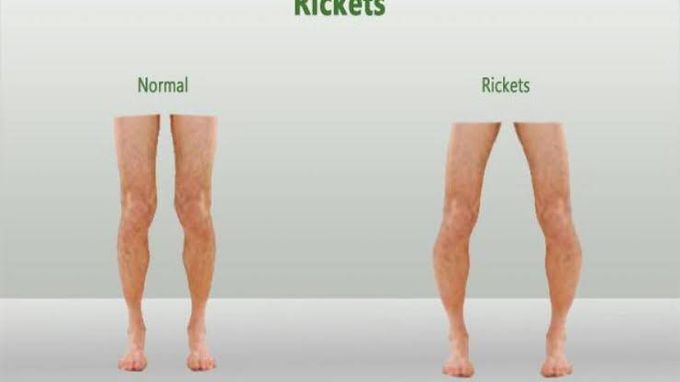

Iqraover 2 years ago

Diagnosis of rickets
During the exam, the doctor will gently press on your child's bones, checking for abnormalities. He or she will pay particular attention to your child's: Skull. Babies who have rickets often have softer skull bones and might have a delay in the closure of the soft spots (fontanels). Legs. While even healthy toddlers are a little bowlegged, an exaggerated bowing of the legs is common with rickets. Chest. Some children with rickets develop abnormalities in their rib cages, which can flatten and cause their breastbones to protrude. Wrists and ankles. Children who have rickets often have wrists and ankles that are larger or thicker than normal.
Other commentsSign in to post comments. You don't have an account? Sign up now!

